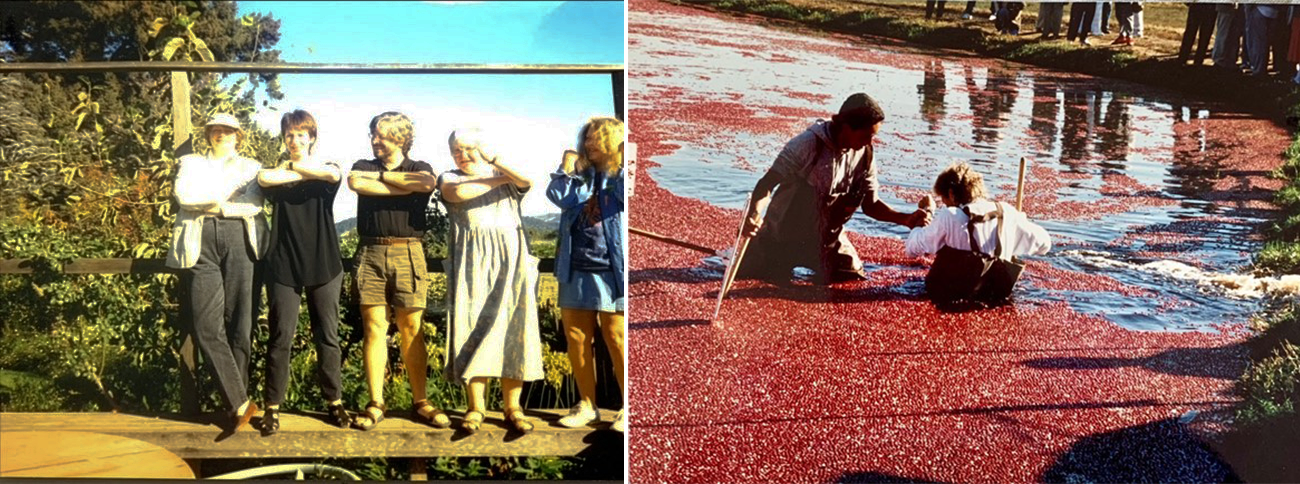If I encounter another journalist while I’m out reporting, I tend to think I’m in the wrong place. So I’m not entirely sure how I ended up touring a swanky Toronto venue with at least a dozen self-identified members of the press, but I remember clearly the final minutes of what seemed like a standard media event.
One of the women who had led our building walkthrough asked if anyone in the group still had questions. I figured every fact we might wish to know about the place lurked in the glossy folders or branded flash drives we’d been issued at the tour’s start, but we’d heard so many names and numbers that I wasn’t surprised when a writer raised his hand.
“Does that fleece come in large?” he asked, motioning to a retail display of items as luxe as the property they advertised. “I’d like to have one.”
And then the publicist in charge took down the jacket; checked the size and gave it to him.
When I think back on the episode, I vaguely remember other tourgoers calling out their sizes, but have a hunch that’s just my imagination getting hyperbolic. Maybe it’s a symptom of shock: I had never seen folks with press passes blatantly demand free stuff, which goes to show what a sheltered life I lead.
In every medium and on every platform, there are food enthusiasts who have no qualms about buddying up to representatives of the companies they cover and accepting the impressive gifts they bear. These days, that might take the form of an Instagram-friendly caviar service or an overnight stay at a boutique hotel angling to place its signature restaurant on a top five list.
But that doesn’t mean the phenomenon is new. At least one U.S. senator in 1971 believed the practice was so widespread that it merited congressional investigation: Frank Moss (D-Utah) told Newspaper Food Editors Conference attendees that their lot amounted to “whores of the supermarket industry,” accusing them of failing to hold food producers accountable and plugging brands to please advertisers.
Moss’ speech infuriated several conference-goers, who in response formed the organization that would eventually be known as the Association of Food Journalists.
As University of Central Florida associate professor Kimberly Wilmot Voss notes in her history of the group, Moss didn’t cite any specific instances of hanky-panky in his condemnation. Still, his impression must have come from somewhere: That’s why the ethics code that the Association of Food Journalists drafted was so important.
It remains equally important today.
The Association of Food Journalists folded almost exactly one year ago. The cause of death was purely financial: Its revenue model was developed back when print newspapers were flush with cash, and it didn’t make any operational changes when newsrooms stopped paying their employees’ professional association dues and conference registration fees.
Then things got worse: Lots of newspapers laid off their food editors. Some newspapers stopped publishing. By 2020, AFJ’s bank account was bare.
Shutting down AFJ was painful for its longtime members, although they recognized much of what once made the organization so essential doesn’t rate in the current media landscape. For example, one of the valuable member perks well into the 2000s was a food section swap-by-mail. Without it, food editors would have had to wait for the annual AFJ conference to learn what colleagues in other markets were doing.
Yet nothing ever came along to supplant the ethics code. It was revised a few times, most recently in 2018, when a committee of full-time food writers and freelancers restructured the guidance to make it applicable to journalists who can’t count on an established media outlet for financial or editorial backing.
Its core principles, though, have never changed. The code has always stipulated fairness, honesty, independence and transparency. In other words, it carves an easy-to-follow path for food journalists who are more interested in serving their readers than getting a new jacket. And it functions as a signpost for editors and readers unsure of a journalist’s standards.
Restaurant PR is such a powerful force that many news consumers assume all food writers are on the take. There’s little on social media to dissuade them. But covering food doesn’t necessarily mean reporting on a chef’s tattoos or the crazy new thing he’s doing with burrata. Serious food journalists understand their beat is intrinsically linked to labor; race and gender relations; public health and the environment.
AFJ’s proud legacy is the continued support of their important work.
The Association of Food Journalists Ethics Code is available to view or download here.







